Traditional Textiles of Central Asia
£27.30
Central Asia has a vivid and romantic textile tradition. Centred on the Silk Route that stretched from China to the Mediterranean, it is a vast and empty land of desert, oasis, steppe and high mountain valley. It has been crossed and re-crossed through history by conquerors and travellers, carrying with them rich textile influences that have mingled with the indigenous art of the nomadic and settled people. There are three main areas of textile production: the oasis towns on the Silk Route are the source of opulent ikat-dyed silks and velvets, fine cotton weaves and exquisite embroideries; nomadic tribeswomen produce woven textiles, felts and embroideries; and the people of the small towns and villages still have looms in their houses where they weave cloth for their own use, as well as for the bazaar, and, nowadays, the co-operative. This book is the result of extensive research by the author. The commentary explores the materials, dyes and looms; the types of objects made and their diverse regional and tribal variations; the clothes and costumes; and the lavish embroderies and embellishments.
Read more
Additional information
| Publisher | First Edition (29 April 1996), Thames & Hudson Ltd |
|---|---|
| Language | English |
| Hardcover | 160 pages |
| ISBN-10 | 0500016704 |
| ISBN-13 | 978-0500016701 |
| Dimensions | 22.23 x 1.91 x 30.48 cm |

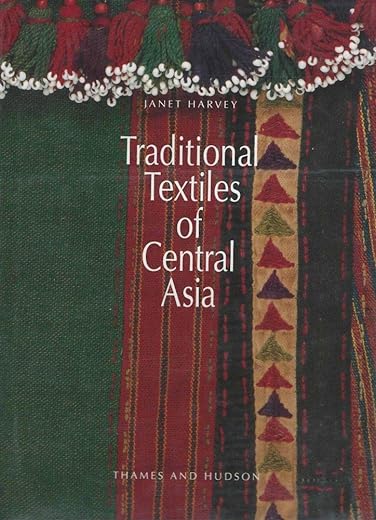

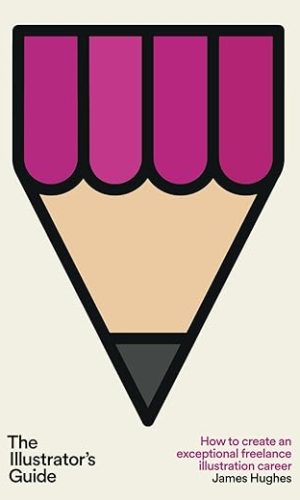
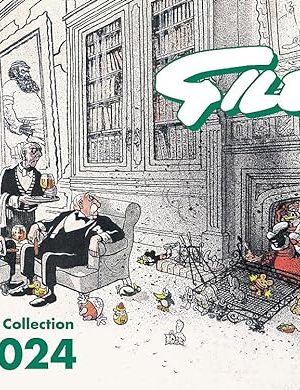


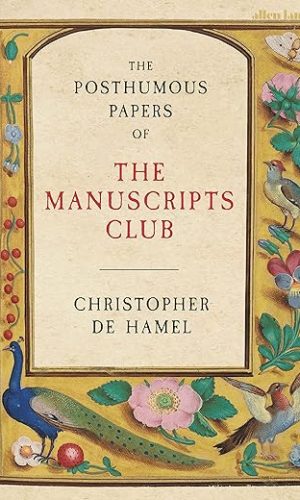

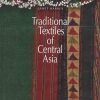
by abolfazl ramezani
Ok
by xin xin yu
Strong points:
The topics covered by this book is quite comprehensive in breadth, introducing all areas of textile material, production, decoration and use. The text is written concisely and clearly, although certain technical parts are difficult to work out for someone without a background in textile production (see ‘shortcoming’ section). The text is also accompanied by a generous amount of beautifully printed pictures of textiles.
Shortcomings:
Although there are many pictures, it is difficult to correspond the text with the images because the images are found in separate sections from the text and are not referenced in-text. So when you look at the pictures later, you might remember that the same term in the caption has been mentioned in the text before and go ‘ahhh so that’s what it looks like!’ But when you are just reading the text, you cannot immediately see how the textile/garment/motif looks like and cannot easily find the corresponding textile in the image pile. There is also a lack of diagrams explaining production techniques and procedures. This, combined with a large amount of technical terms, makes it very difficult to understand for someone like me without a background in textile production. So in the end it took a lot of googling and checking up youtube videos to understand visual aspect of textiles mentioned and the process of making some of the textiles. There is also quite a few typos, not significant enough the compromise the clarity of the text but might still bother some readers.
Overall, it doesn’t work so well as a stand-alone introduction to the traditional Central Asian textiles, and definitely takes a bit of extra research to understand how things described in text look like or how certain production techniques work, but nevertheless it is a rather beautifully printed book that can act as a concise introduction to further reading on the topic.